HE RECEIVES MANY TIMES AND EXPANDS
Ha Long (Quang Ninh) and Cat Ba ( Hai Phong ), according to Associate Professor, Dr. Tran Tan Van, Director of the Institute of Geology and Minerals, have never been separated in terms of geological value. Under the deep blue sea water are caster towers, and above the sea surface are the tops of those caster towers. The resources of this large area are cone-shaped landforms, range-shaped, linear valleys extending along the ranges, and caves. However, these elements in Ha Long are submerged in sea water, while in Cat Ba they are clearly visible. Not to mention, Cat Ba also adds to Ha Long Bay biological value and ecological diversity with langurs, and the forest ecosystem that is still in Cat Ba...
Associate Professor Dr. Tran Tan Van, who worked on the UNESCO dossier for the Ha Long – Cat Ba alliance, shared: “We are researchers who have long wanted both to become world natural heritages. In fact, they are one. Ha Long – Cat Ba cannot be separated, and when combined, it can only get better.”

Cat Ba is an inseparable part of Ha Long.
To achieve this “only better” condition, Ha Long Bay has been recognized as a heritage site by UNESCO many times. In 1994, Ha Long Bay was recognized by UNESCO as a world natural heritage site with “outstanding universal aesthetic value”. In 2020, this bay was recognized as a world natural heritage site according to the criteria of “geological and geomorphological value”. In 2023, for the third time, Ha Long was expanded by UNESCO as a heritage site when connecting with Cat Ba in a natural area with inseparable meaning.
This is also the first time Vietnam has a world natural heritage that “crosses” the administrative boundaries of two localities. This is different from intangible cultural heritage, many Vietnamese heritages have been recognized by UNESCO as inter-local and multinational heritages.
But Ha Long Bay and Cat Ba archipelago are not the only ones that are connected, there are other heritage sites that are constantly being expanded, or expanded and then connected. Among them, Phong Nha – Ke Bang National Park was first recognized by UNESCO in 2003 for its “outstanding geological and geomorphological value”, and again in 2015 for “being an outstanding example representing ecological processes in the evolution and development of terrestrial ecosystems” and “possessing the most significant natural habitat for biodiversity conservation”. Also in 2015, this heritage site was approved to expand the conservation area by nearly one and a half times…
The connection between the two geoparks of Dong Van Stone Plateau and Non Nuoc Cao Bang has its own unique features. According to UNESCO regulations on the stone plateau system, these two destinations cannot be connected together, because if they want to, they need to redo the application. However, the geographical proximity, with these very close buffer zones, also helps the two parks to be "connected" in the field.
INTER-INDUSTRIAL AND INTER-REGIONAL CONNECTION
In addition to 8 world heritages, Vietnam now has 11 world biosphere reserves, 3 global geoparks, 9 ramsar sites recognized and listed by UNESCO, in addition to 34 national parks and many other conservation areas. With natural heritages, tourism development in the era of globalization should not, cannot and will not be limited to a small administrative limit but must reach out, rise up and reach the world. It is necessary to strongly change the mindset of "tourist spots" to the mindset of "tourist routes" and "tourist regions".

The King's House is an attractive part of the Dong Van Stone Plateau (Ha Giang)
The two global geoparks Dong Van Stone Plateau and Cao Bang Non Nuoc can completely form a “tourist route”. According to Associate Professor, Dr. Tran Tan Van, who is also the person who prepared the UNESCO dossier for these two parks, if Dong Van Stone Plateau is majestic, fierce, suffocating, thirsty, strong… then Cao Bang Non Nuoc is very green, soft, gentle, very friendly, peaceful, like a woman. Combined with Ba Be National Park, all three can form a natural heritage tourism arc in the Northeast.
Dak Nong Geopark is a place where typical values of geology, geomorphology, archaeology, culture and biodiversity converge, characterized by a volcanic cave system that still holds many secrets. But this park is also very close to tangible cultural heritages such as the special national relic of the Ho Chi Minh Trail, and intangible cultural heritages such as the Central Highlands Gong Cultural Space. This geopark is also connected to Yok Don, Ta Dung, Cat Tien national parks and other nature reserves.
That means that besides connecting natural heritages together, we also have a system of relics as well as other intangible heritages that can be connected. In other words, along with multi-regional connections, there are also multi-fields and multi-industries. Tourism development is also the way, the path to effectively promote the cultural "soft power" that many countries, including Vietnam, have chosen. Besides tourism development, it is also necessary to develop cultural industries to convey the maximum content of national culture into cultural and tourism forms and products.
Perhaps that is why, in Ha Giang Geopark, the story of the Vuong family is always attractive. In Non Nuoc Cao Bang Geopark, foreign experts are especially interested in the architectural heritage of the French period in the park area, specifically in the Tinh Tuc tin mine. The Nung people in this park area are also having projects to preserve the hundreds of years old paper-making craft of their ancestors. The type of paper that was previously mainly used to make votive paper, copy genealogy, copy folk songs or paste on altars, decorate houses is now made into tourism products, poetry books, drawing paper, paper fans.
Inter-regional connectivity is no longer just a matter for the tourism industry, but is also a necessity for all levels of government and many other sectors, if they want to exploit the potential advantages of their heritage resources. This shows the need for a change in the mindset of heritage management and exploitation. In the vision towards the future, with an open mind, natural heritages will be linked to development conditions. Beautiful nature, a green, clean environment and unique heritages will be the image of the country's national brand.
Source: https://thanhnien.vn/noi-tron-mot-vong-di-san-viet-185240831161107546.htm




![[Photo] T&T 1 and Ho Chi Minh City 1 People's Police Teams won the men's and women's team championships](https://vphoto.vietnam.vn/thumb/1200x675/vietnam/resource/IMAGE/2025/5/22/39db06ae67cb4001b7a556e8d9a56d07)
![[Photo] Prime Minister Pham Minh Chinh chairs meeting on draft Resolution of National Assembly on International Financial Center in Vietnam](https://vphoto.vietnam.vn/thumb/1200x675/vietnam/resource/IMAGE/2025/5/22/d398664ff1a140629169ea5a24e1b4d0)
![[Photo] Press delegation meeting to visit Truong Sa and DK1 Platform](https://vphoto.vietnam.vn/thumb/1200x675/vietnam/resource/IMAGE/2025/5/22/6b8d232877ec421a9e8187d83b9f8006)
![[Photo] General Secretary To Lam chairs a working session with the Central Internal Affairs Commission](https://vphoto.vietnam.vn/thumb/1200x675/vietnam/resource/IMAGE/2025/5/22/3b7790f499da45b2803d8ae253207ef1)
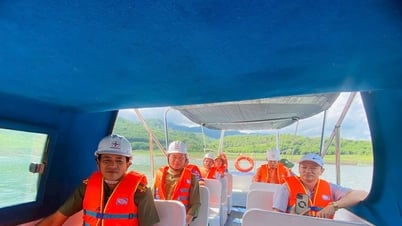










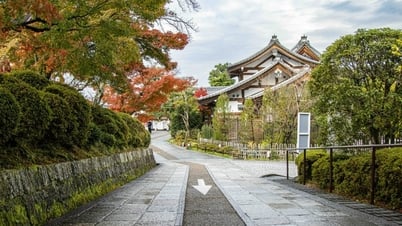


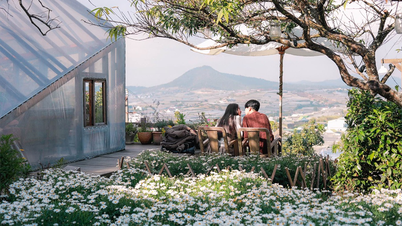
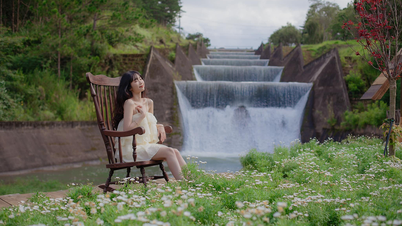
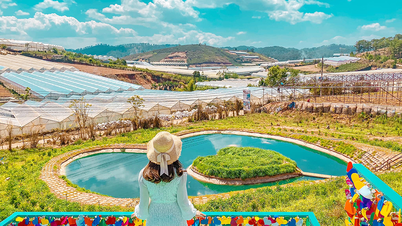


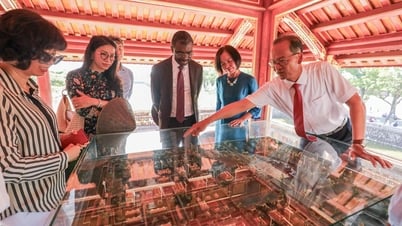











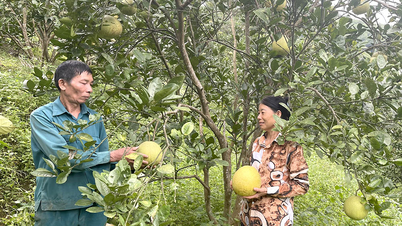














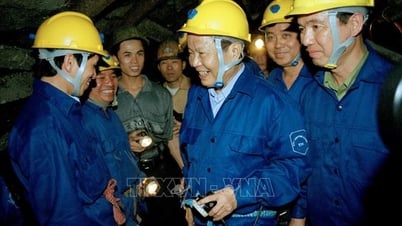
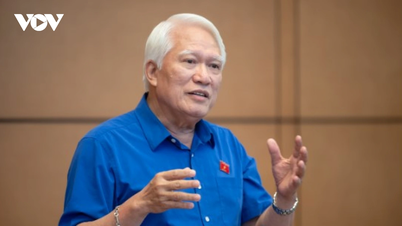



















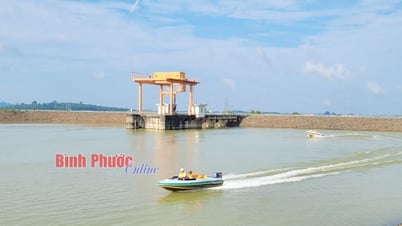



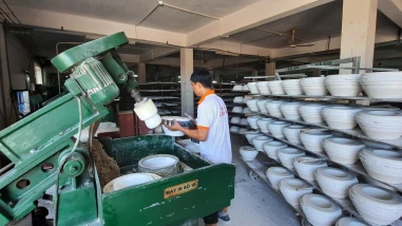







![[Podcast] Week introducing more than 500 OCOP products in Hanoi](https://vphoto.vietnam.vn/thumb/402x226/vietnam/resource/IMAGE/2025/5/22/d144aac2416744718388dbae3260e7fd)



Comment (0)